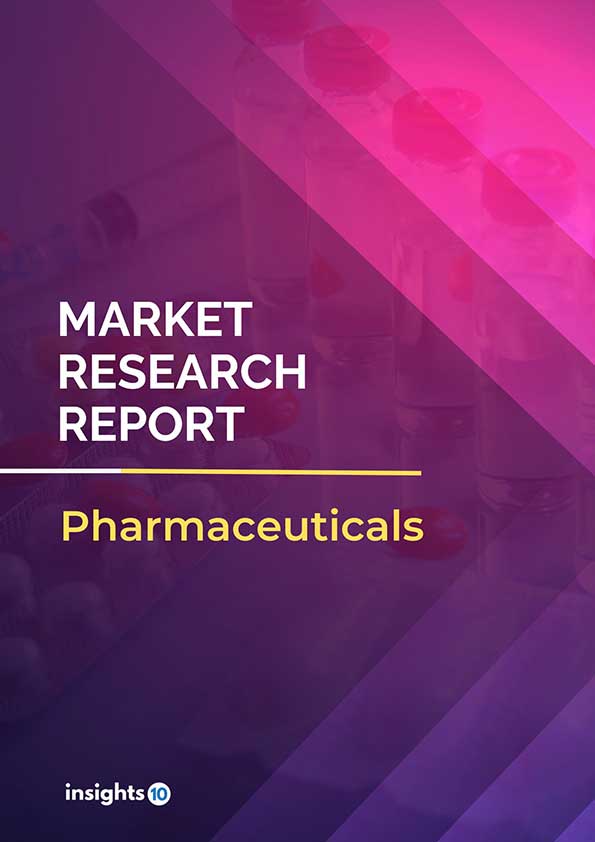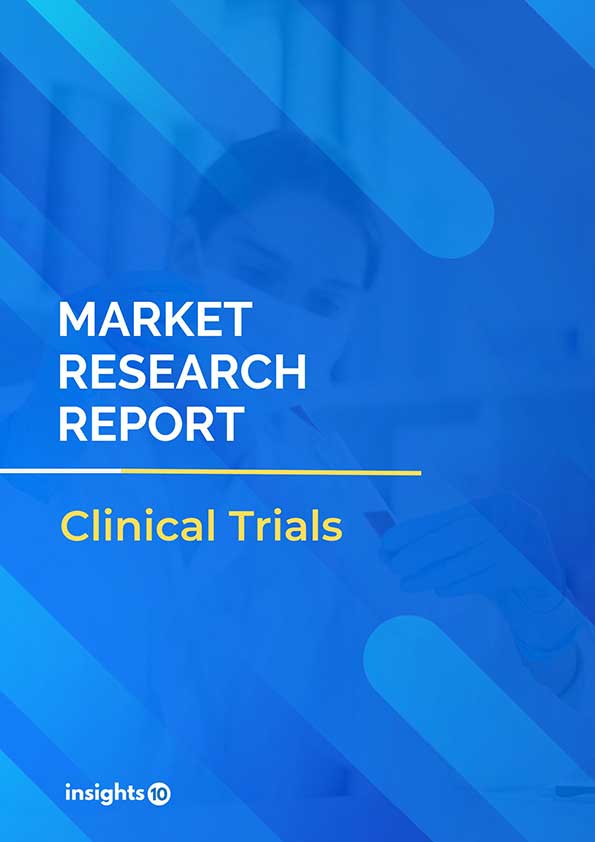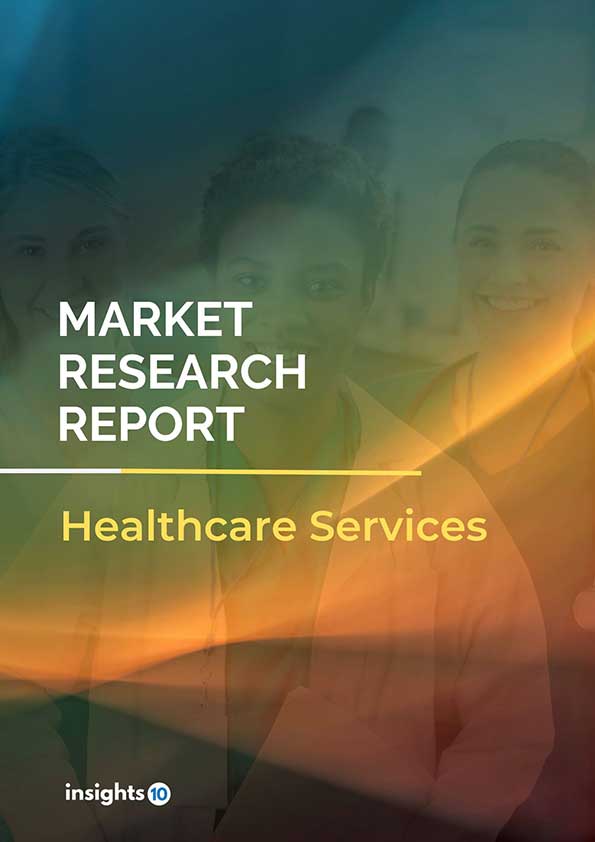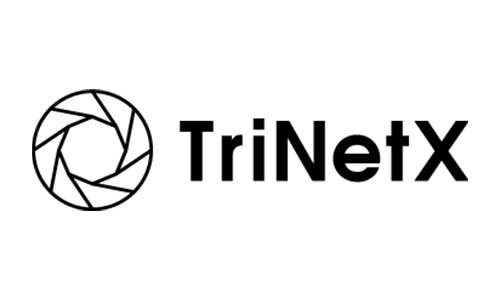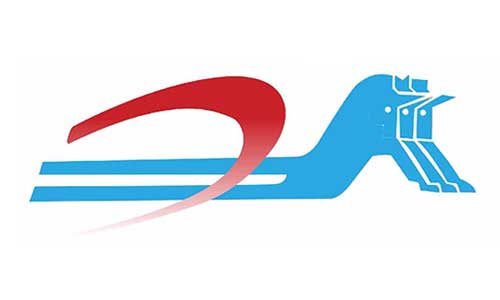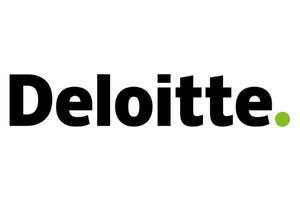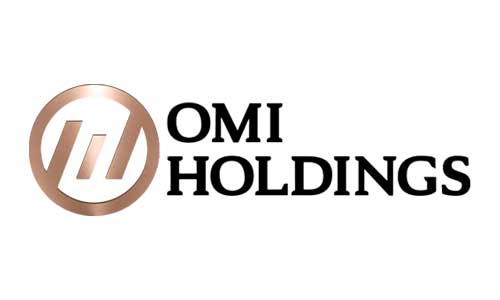Africa Alexipharmic Drugs Market Analysis
Africa's Alexipharmic drugs market size was valued at $xx Bn in 2022 and is estimated to expand at a CAGR of 6.20% from 2022-30 and will reach $xx Bn in 2030. The market is segmented by product type, indication, route of administration, end-user, and distribution channel. The Africa Alexipharmic Drugs market will grow because there is a growing demand for safe and effective treatments for accidental poisoning. The key market players are Pharmacare (ZAF), Aspen Pharmacare (ZAF), Hikma Pharmaceuticals, Accord Healthcare, and others.
Buy Now

Africa Alexipharmic Drugs Market Executive Summary
Africa's alexipharmic drugs market size was valued at $xx Bn in 2022 and is estimated to expand at a compound annual growth rate (CAGR) of 6.20% from 2022 to 2030 and will reach $xx Bn in 2030. Healthcare expenditure in African countries varies widely, with some countries investing significantly in their healthcare systems and others struggling to provide even basic healthcare services to their populations.
According to data from the World Bank, in 2019, total healthcare expenditure in Sub-Saharan Africa as a region was approximately 6.1% of GDP. However, there is significant variation in healthcare spending between individual countries. For example, in 2019, countries such as Liberia, Chad, and Madagascar spent less than 3% of their GDP on healthcare, while other countries such as South Africa, Botswana, and Mauritius spent over 8% of their GDP on healthcare. Healthcare expenditure in African countries is largely funded by government budgets, with some support from international aid and private-sector investments.
The pharmaceutical market in Africa is projected to reach a value of $65 Bn by 2020, driven by factors such as population growth, urbanization, and increasing levels of disease and chronic conditions. However, the market is also characterized by significant challenges and barriers to entry, including regulatory complexity, poor infrastructure, and limited access to healthcare services.
The demand for alexipharmic drugs in Africa has increased recently due to a number of factors, including the rising prevalence of various chronic diseases, prescription drug overdoses, the global rise in drug abuse, the rise in alcohol consumption, rising R&D activities in the pharmaceutical industry, an increase in the death rate from drug overdoses like acetaminophen toxicity and cyanide poisoning, increased economic development, population growth, and a growing middle class. Particularly, the usage of patented, novel medications (sometimes referred to as "branded" or "innovator" medications) has increased in the area. This is brought on by a variety of variables, such as rising disposable income, an aging population, and an increase in the prevalence of chronic illnesses including cancer, diabetes, and heart disease. Consequently, growth in Africa is anticipated to continue in the years to come, driven by demographic, economic, and healthcare factors.
Market Dynamics
Market Growth Drivers
The need for alexipharmic drugs is anticipated to increase along with the continent of Africa's population. In addition, an aging population in many African nations in the region is driving up demand for drugs to treat chronic illnesses including cancer, diabetes, and heart disease. In addition, expanding access to medical care and the availability of private health insurance are fostering the expansion of the African pharmaceutical sector. Furthermore, as consumers are able to buy more expensive prescription pharmaceuticals thanks to rising disposable income levels in many African nations, the alexipharmic drugs business is expanding.
Market Restraints
The high cost of many prescription drugs remains a significant barrier to access, particularly for people living in economically disadvantaged areas. In many countries in the region, government funding for healthcare services is limited, making it difficult for people to access the medications they need.
Moreover, strict intellectual property laws and regulations can limit the availability of generic drugs, which are often more affordable alternatives to branded drugs. Limited infrastructure and distribution networks can make it difficult for people in rural areas or economically disadvantaged areas to access prescription drugs.
Competitive Landscape
Key Players
- Pharmacare (ZAF)
- Aspen Pharmacare (ZAF)
- Hikma Pharmaceuticals
- Accord Healthcare
- Pfizer Inc.
- Bausch Health Companies Inc
- Mylan N.V.
- Merck & Co., Inc.
- GlaxoSmithKline plc.
- Sanofi
- Roche Holding AG
- Novartis International AG
- Bayer AG
Healthcare Policies and Regulatory Landscape
Regulations and reimbursements for Alexipharmic drugs in Africa vary significantly between countries, and the regulatory landscape is often complex and challenging for pharmaceutical companies to navigate. In many African countries, the regulatory framework for drug approval and distribution is not as well established as in other regions, and the process for gaining approval for new drugs can be lengthy and challenging. This can result in delays in getting new drugs to market and can limit the availability of important medications for patients.
Reimbursement Scenario
In terms of reimbursements, many African countries have limited public health insurance systems, and patients are often required to pay out of pocket for their medications. This can create significant challenges for patients, particularly those with chronic conditions that require ongoing treatment. In some cases, government or international aid programs may provide subsidies or other forms of support to help make medications more affordable for patients.
1. Executive Summary
1.1 Disease Overview
1.2 Global Scenario
1.3 Country Overview
1.4 Healthcare Scenario in Country
1.5 Patient Journey
1.6 Health Insurance Coverage in Country
1.7 Active Pharmaceutical Ingredient (API)
1.8 Recent Developments in the Country
2. Market Size and Forecasting
2.1 Epidemiology of Disease
2.2 Market Size (With Excel & Methodology)
2.3 Market Segmentation (Check all Segments in Segmentation Section)
3. Market Dynamics
3.1 Market Drivers
3.2 Market Restraints
4. Competitive Landscape
4.1 Major Market Share
4.2 Key Company Profile (Check all Companies in the Summary Section)
4.2.1 Company
4.2.1.1 Overview
4.2.1.2 Product Applications and Services
4.2.1.3 Recent Developments
4.2.1.4 Partnerships Ecosystem
4.2.1.5 Financials (Based on Availability)
5. Reimbursement Scenario
5.1 Reimbursement Regulation
5.2 Reimbursement Process for Diagnosis
5.3 Reimbursement Process for Treatment
6. Methodology and Scope
Alexipharmic Drugs Market Segmentation
By Product Type (Revenue, USD Billion):
The product type segment contributed the largest share to the Alexipharmic Drugs Market in 2021; this segment is projected to grow at the highest CAGR from 2022 to 2030.
- Tetraethylthiuram Disulfide
- Glutathione
- EDTA
- Penicillamine
- Methylene Blue
- Diethylenetriaminepentaacetic Acid
- 2 Aminoethanethiol
- Sodium Nitrite
- Dimercapto Propanol
- Triethylenetetramine
- Na-DMS
- Naloxone
- Naltrexone
- Sodium Thiosulfate
- Pyraloxime
- Pralidoxime Iodide
- Flumazenil
By Indication (Revenue, USD Billion):
- Alcoholic Overdose
- Opioid Overdose
- Cyanide Poisoning
- Others
By Route of Administration (Revenue, USD Billion):
- Oral
- Parenteral
- Others
By End User (Revenue, USD Billion):
- Hospitals
- Specialty Clinics
- Others
By Distribution Channel (Revenue, USD Billion):
- Hospital Pharmacy
- Retail Pharmacy
- Online Pharmacy
Methodology for Database Creation
Our database offers a comprehensive list of healthcare centers, meticulously curated to provide detailed information on a wide range of specialties and services. It includes top-tier hospitals, clinics, and diagnostic facilities across 30 countries and 24 specialties, ensuring users can find the healthcare services they need.
Additionally, we provide a comprehensive list of Key Opinion Leaders (KOLs) based on your requirements. Our curated list captures various crucial aspects of the KOLs, offering more than just general information. Whether you're looking to boost brand awareness, drive engagement, or launch a new product, our extensive list of KOLs ensures you have the right experts by your side. Covering 30 countries and 36 specialties, our database guarantees access to the best KOLs in the healthcare industry, supporting strategic decisions and enhancing your initiatives.
How Do We Get It?
Our database is created and maintained through a combination of secondary and primary research methodologies.
1. Secondary Research
With many years of experience in the healthcare field, we have our own rich proprietary data from various past projects. This historical data serves as the foundation for our database. Our continuous process of gathering data involves:
- Analyzing historical proprietary data collected from multiple projects.
- Regularly updating our existing data sets with new findings and trends.
- Ensuring data consistency and accuracy through rigorous validation processes.
With extensive experience in the field, we have developed a proprietary GenAI-based technology that is uniquely tailored to our organization. This advanced technology enables us to scan a wide array of relevant information sources across the internet. Our data-gathering process includes:
- Searching through academic conferences, published research, citations, and social media platforms
- Collecting and compiling diverse data to build a comprehensive and detailed database
- Continuously updating our database with new information to ensure its relevance and accuracy
2. Primary Research
To complement and validate our secondary data, we engage in primary research through local tie-ups and partnerships. This process involves:
- Collaborating with local healthcare providers, hospitals, and clinics to gather real-time data.
- Conducting surveys, interviews, and field studies to collect fresh data directly from the source.
- Continuously refreshing our database to ensure that the information remains current and reliable.
- Validating secondary data through cross-referencing with primary data to ensure accuracy and relevance.
Combining Secondary and Primary Research
By integrating both secondary and primary research methodologies, we ensure that our database is comprehensive, accurate, and up-to-date. The combined process involves:
- Merging historical data from secondary research with real-time data from primary research.
- Conducting thorough data validation and cleansing to remove inconsistencies and errors.
- Organizing data into a structured format that is easily accessible and usable for various applications.
- Continuously monitoring and updating the database to reflect the latest developments and trends in the healthcare field.
Through this meticulous process, we create a final database tailored to each region and domain within the healthcare industry. This approach ensures that our clients receive reliable and relevant data, empowering them to make informed decisions and drive innovation in their respective fields.
To request a free sample copy of this report, please complete the form below.
We value your inquiry and offer free customization with every report to fulfil your exact research needs.
